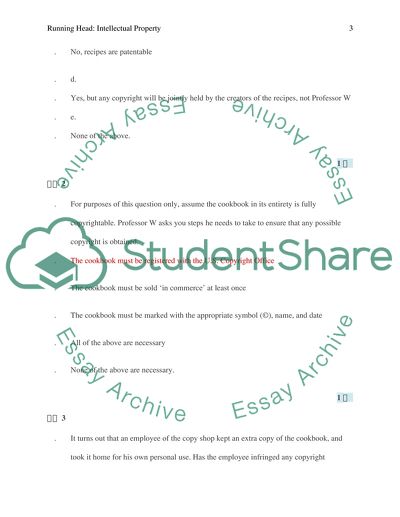Cite this document
(“Intellectual property in music industry Case Study”, n.d.)
Intellectual property in music industry Case Study. Retrieved from https://studentshare.org/law/1671232-intellectual-property-in-music-industry
Intellectual property in music industry Case Study. Retrieved from https://studentshare.org/law/1671232-intellectual-property-in-music-industry
(Intellectual Property in Music Industry Case Study)
Intellectual Property in Music Industry Case Study. https://studentshare.org/law/1671232-intellectual-property-in-music-industry.
Intellectual Property in Music Industry Case Study. https://studentshare.org/law/1671232-intellectual-property-in-music-industry.
“Intellectual Property in Music Industry Case Study”, n.d. https://studentshare.org/law/1671232-intellectual-property-in-music-industry.


